Beidi Zhao
Henry
Learnable Community-Aware Transformer for Brain Connectome Analysis with Token Clustering
Mar 13, 2024Abstract:Neuroscientific research has revealed that the complex brain network can be organized into distinct functional communities, each characterized by a cohesive group of regions of interest (ROIs) with strong interconnections. These communities play a crucial role in comprehending the functional organization of the brain and its implications for neurological conditions, including Autism Spectrum Disorder (ASD) and biological differences, such as in gender. Traditional models have been constrained by the necessity of predefined community clusters, limiting their flexibility and adaptability in deciphering the brain's functional organization. Furthermore, these models were restricted by a fixed number of communities, hindering their ability to accurately represent the brain's dynamic nature. In this study, we present a token clustering brain transformer-based model ($\texttt{TC-BrainTF}$) for joint community clustering and classification. Our approach proposes a novel token clustering (TC) module based on the transformer architecture, which utilizes learnable prompt tokens with orthogonal loss where each ROI embedding is projected onto the prompt embedding space, effectively clustering ROIs into communities and reducing the dimensions of the node representation via merging with communities. Our results demonstrate that our learnable community-aware model $\texttt{TC-BrainTF}$ offers improved accuracy in identifying ASD and classifying genders through rigorous testing on ABIDE and HCP datasets. Additionally, the qualitative analysis on $\texttt{TC-BrainTF}$ has demonstrated the effectiveness of the designed TC module and its relevance to neuroscience interpretations.
Clinical-Inspired Cytological Whole Slide Image Screening with Just Slide-Level Labels
Jun 06, 2023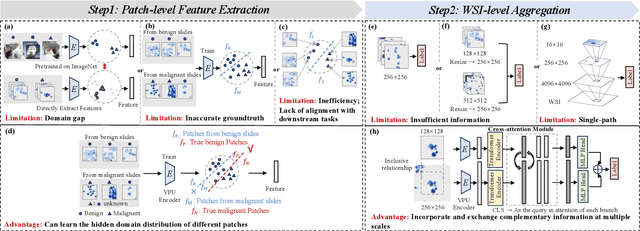


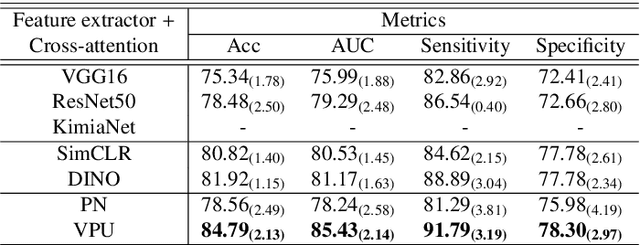
Abstract:Cytology test is effective, non-invasive, convenient, and inexpensive for clinical cancer screening. ThinPrep, a commonly used liquid-based specimen, can be scanned to generate digital whole slide images (WSIs) for cytology testing. However, WSIs classification with gigapixel resolutions is highly resource-intensive, posing significant challenges for automated medical image analysis. In order to circumvent this computational impasse, existing methods emphasize learning features at the cell or patch level, typically requiring labor-intensive and detailed manual annotations, such as labels at the cell or patch level. Here we propose a novel automated Label-Efficient WSI Screening method, dubbed LESS, for cytology-based diagnosis with only slide-level labels. Firstly, in order to achieve label efficiency, we suggest employing variational positive-unlabeled (VPU) learning, enhancing patch-level feature learning using WSI-level labels. Subsequently, guided by the clinical approach of scrutinizing WSIs at varying fields of view and scales, we employ a cross-attention vision transformer (CrossViT) to fuse multi-scale patch-level data and execute WSI-level classification. We validate the proposed label-efficient method on a urine cytology WSI dataset encompassing 130 samples (13,000 patches) and FNAC 2019 dataset with 212 samples (21,200 patches). The experiment shows that the proposed LESS reaches 84.79%, 85.43%, 91.79% and 78.30% on a urine cytology WSI dataset, and 96.53%, 96.37%, 99.31%, 94.95% on FNAC 2019 dataset in terms of accuracy, AUC, sensitivity and specificity. It outperforms state-of-the-art methods and realizes automatic cytology-based bladder cancer screening.
Learning Optimal Propagation for Graph Neural Networks
May 06, 2022
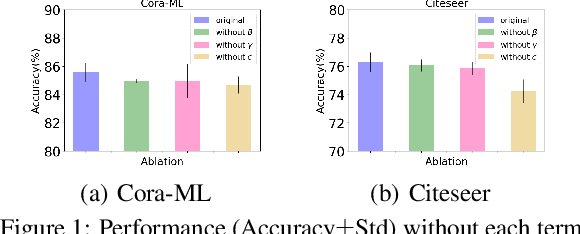
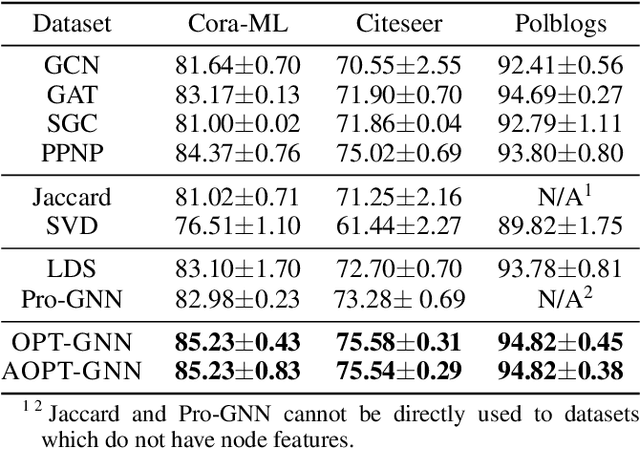
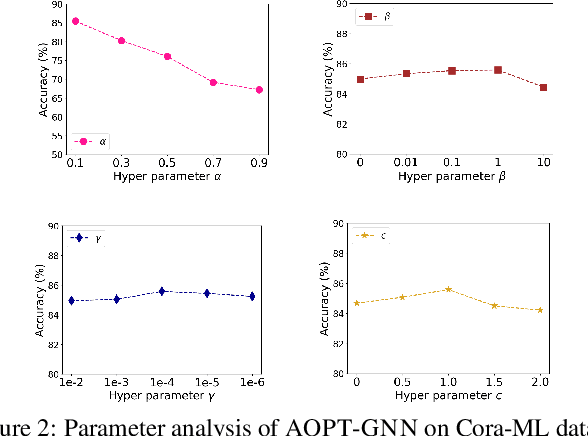
Abstract:Graph Neural Networks (GNNs) have achieved tremendous success in a variety of real-world applications by relying on the fixed graph data as input. However, the initial input graph might not be optimal in terms of specific downstream tasks, because of information scarcity, noise, adversarial attacks, or discrepancies between the distribution in graph topology, features, and groundtruth labels. In this paper, we propose a bi-level optimization-based approach for learning the optimal graph structure via directly learning the Personalized PageRank propagation matrix as well as the downstream semi-supervised node classification simultaneously. We also explore a low-rank approximation model for further reducing the time complexity. Empirical evaluations show the superior efficacy and robustness of the proposed model over all baseline methods.
A Framework of Combining Short-Term Spatial/Frequency Feature Extraction and Long-Term IndRNN for Activity Recognition
Nov 06, 2020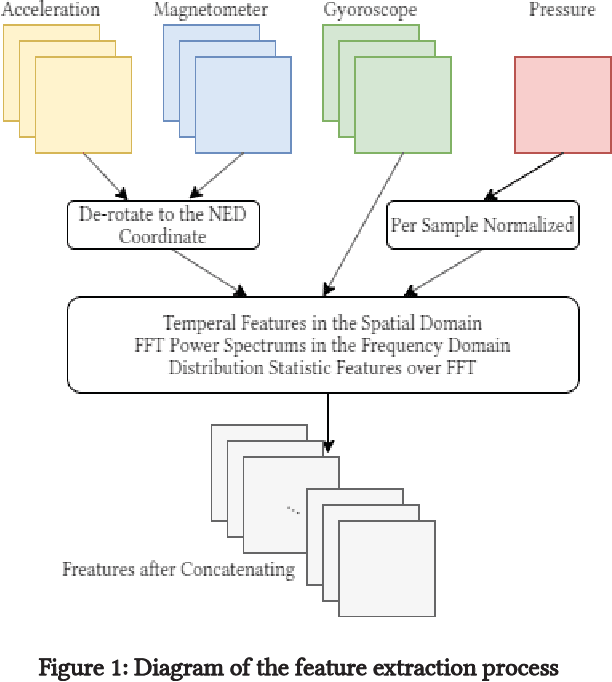
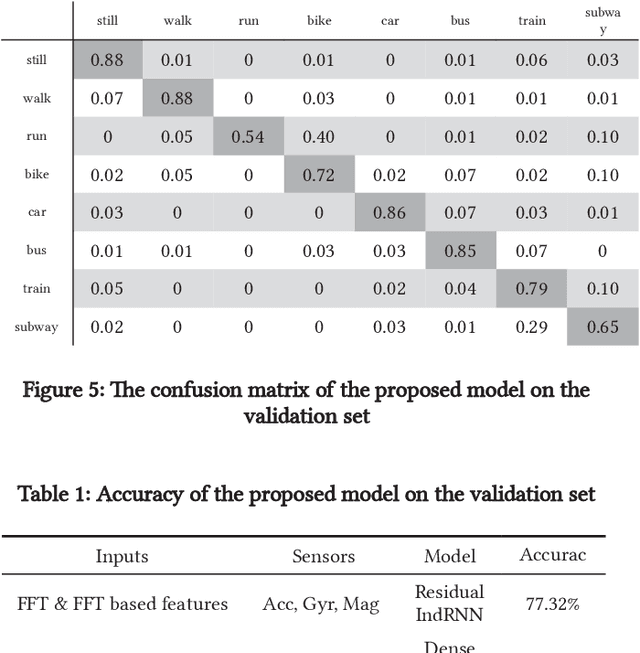
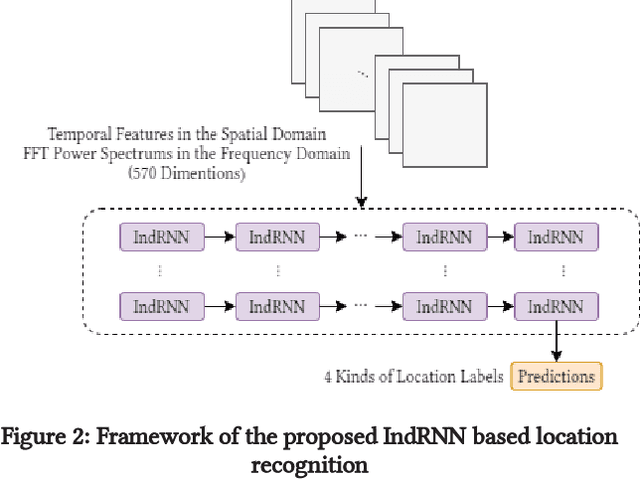

Abstract:Smartphone sensors based human activity recognition is attracting increasing interests nowadays with the popularization of smartphones. With the high sampling rates of smartphone sensors, it is a highly long-range temporal recognition problem, especially with the large intra-class distances such as the smartphones carried at different locations such as in the bag or on the body, and the small inter-class distances such as taking train or subway. To address this problem, we propose a new framework of combining short-term spatial/frequency feature extraction and a long-term Independently Recurrent Neural Network (IndRNN) for activity recognition. Considering the periodic characteristics of the sensor data, short-term temporal features are first extracted in the spatial and frequency domains. Then the IndRNN, which is able to capture long-term patterns, is used to further obtain the long-term features for classification. In view of the large differences when the smartphone is carried at different locations, a group based location recognition is first developed to pinpoint the location of the smartphone. The Sussex-Huawei Locomotion (SHL) dataset from the SHL Challenge is used for evaluation. An earlier version of the proposed method has won the second place award in the SHL Challenge 2020 (the first place if not considering multiple models fusion approach). The proposed method is further improved in this paper and achieves 80.72$\%$ accuracy, better than the existing methods using a single model.
 Add to Chrome
Add to Chrome Add to Firefox
Add to Firefox Add to Edge
Add to Edge